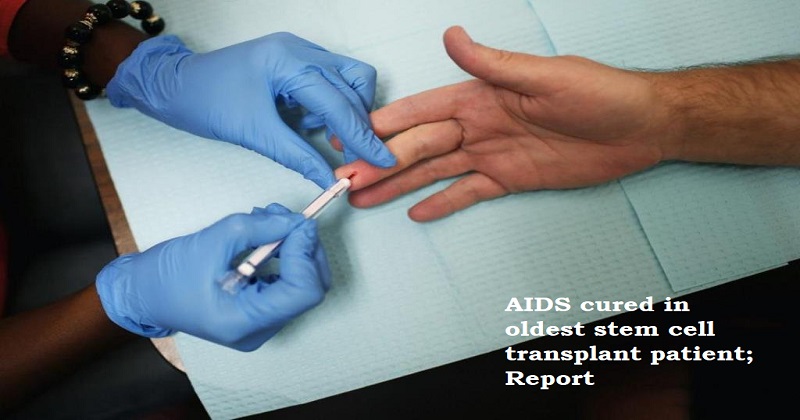
Researchers reported on Wednesday that the oldest patient had been cured of HIV after receiving a stem cell transplant for leukaemia. While the transplant was planned to treat the now-66-year-leukaemia, old’s doctors were also looking for a donor who was naturally resistant to the AIDS virus, a mechanism that first worked to cure the ‘Berlin patient,’ Timothy Ray Brown, in 2007.
Because he does not want to be identified, the latest patient, the fourth to be cured in this manner, is known as the ‘City of Hope’ patient after the U.S. facility in Duarte, California, where he was treated. The patient, in addition to being the oldest, has also had HIV for the longest time, having been diagnosed in 1988 with what he described as a ‘death sentence’ that killed many of his friends. He has been on antiretroviral therapy (ART) for over 30 years to control his condition.
Doctors who presented the data ahead of the International Aids Society’s (IAS) 2022 meeting said the case opened up the possibility of older patients with HIV and blood cancer receiving treatment, especially since the stem cell donor was not a family member.
HOPE
The case provided ‘continued hope… and inspiration’ for people with HIV and the wider scientific community, said Sharon Lewin, president-elect of the IAS, although it was unlikely to be an option for most people with HIV due to the risks of the procedure.
Scientists believe the process works because the donor’s stem cells have a specific, rare genetic mutation that prevents HIV from infecting cells. The City of Hope patient stopped taking ART in March 2021, three and a half years after the transplant, which was followed by chemotherapy. According to the team, he has been in remission from both HIV and leukaemia for more than a year.
Researchers in Spain also presented information on a 59-year-old woman who is part of a small group of people known as ‘post-treatment controllers’ on Wednesday. They can keep viral loads undetectable after stopping ART and provide hints about a potential cure, according to Lewin. The Joint United Nations Programme on HIV/AIDS (UNAIDS) also presented data showing how the COVID-19 pandemic had derailed global HIV efforts, including a reversal of progress in the world’s most populous region, Asia and the Pacific, ahead of the IAS conference, which begins on Friday.

Post Your Comments